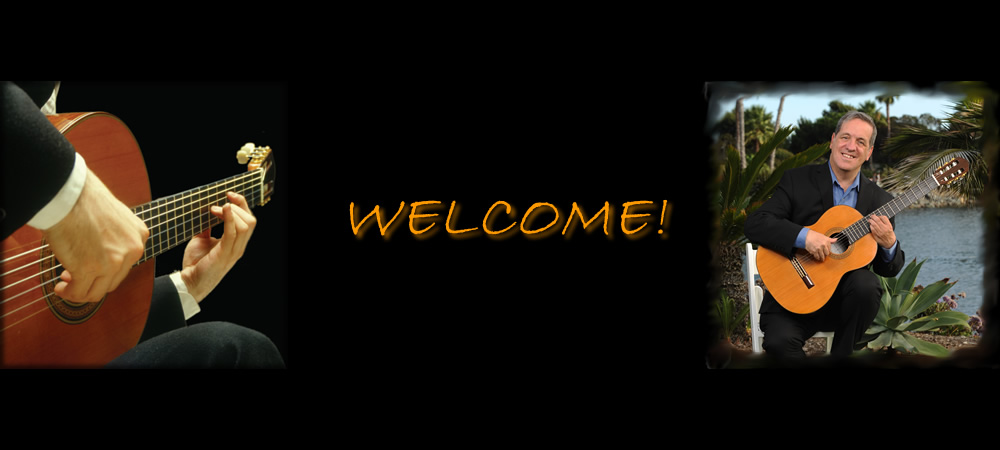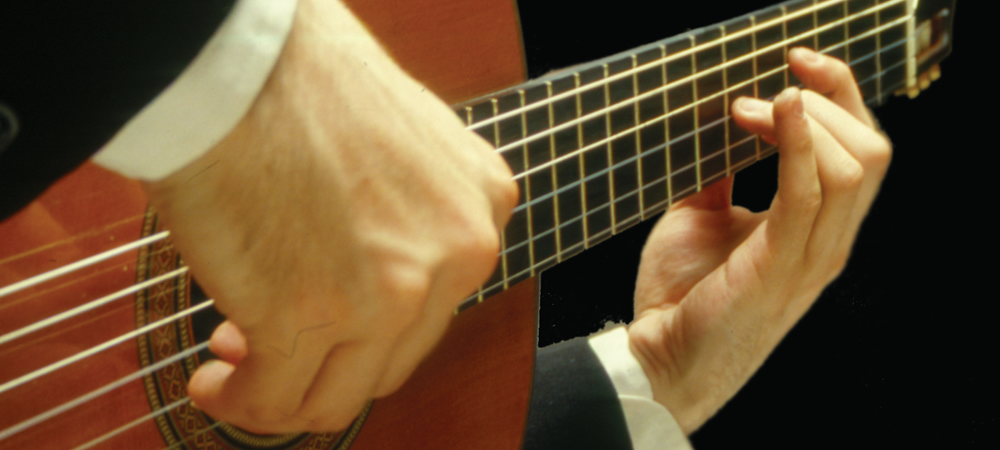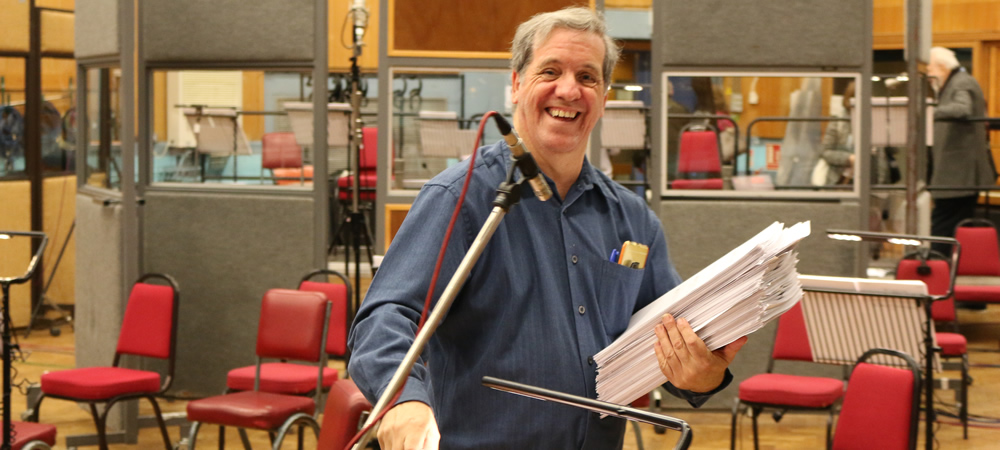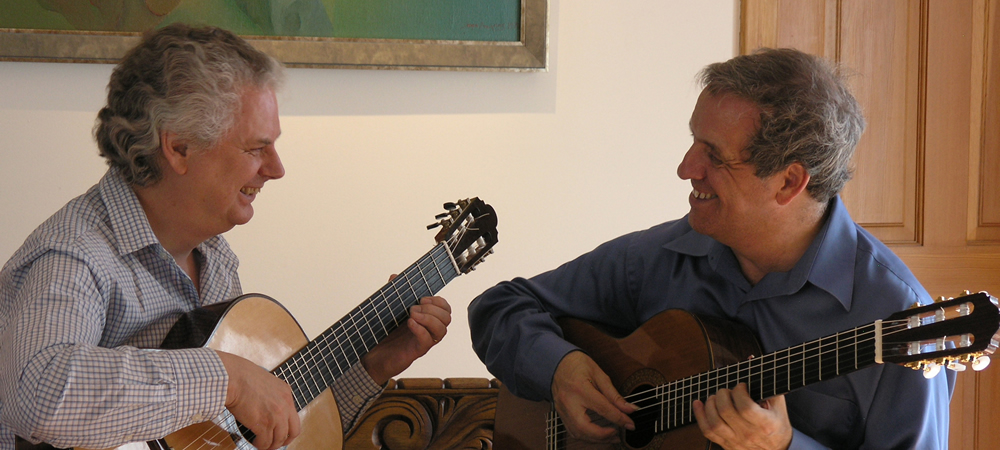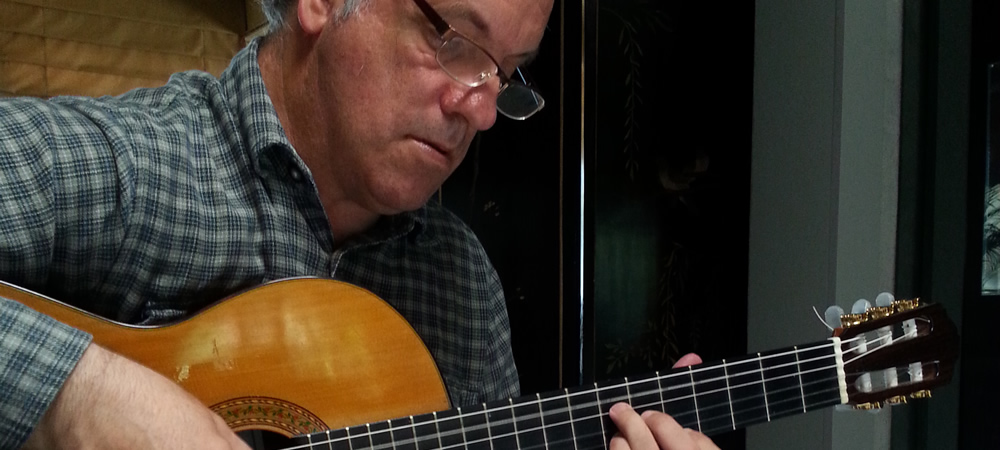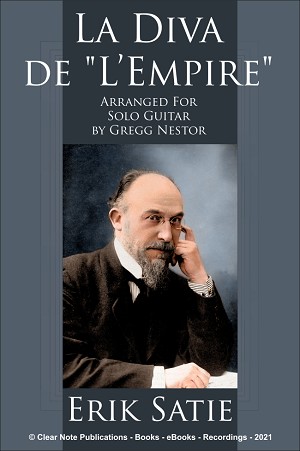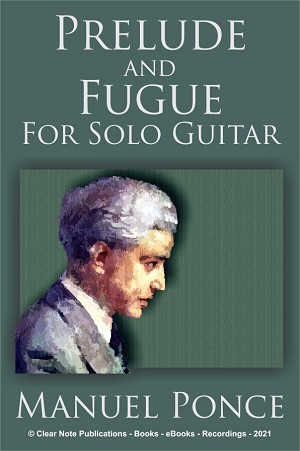Clear Note Publications has decided to publish some of Gregg’s arrangements in eBook format ( iPad – Android – Smartphone ). The first three eBooks below include works by Satie, Ponce and Grieg previously published in print format.
Throughout his life, Erik Satie (1866-1925) was the foe of art that takes itself too seriously. He became very interested in French vaudeville songs and in American ragtime. The future of music, he felt, lay in the mode of simplicity – of melody rather than involved harmonies and counterpoint. Serious composers, he thought, could learn much from music-hall ditties. La Diva de “l’Empire” represents a perfect example of this. This Intermezzo Américain was composed for Paulette Darty, who was known as “The Queen of the Slow Waltz” in early 20th Century Paris. It was first performed about 1904 and subsequently published in 1919.
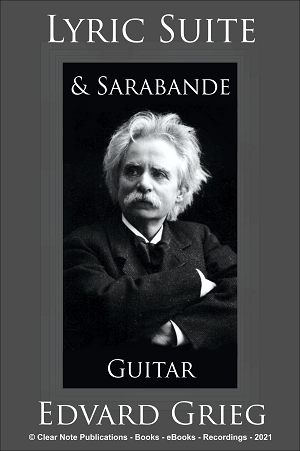 Grieg: Lyric Suite & Sarabande
Grieg: Lyric Suite & Sarabande
- I. Waltz Op. 12, No. 2
- II. Watchman’s Song Op. 12, No. 3
- III. Norwegian Melody Op. 12, No. 6
- IV. National Song Op. 12, No. 8
- V. Spring Dance Op. 33, No. 13
- VI. Norwegian Dance Op. 47, No. 4
- Sarabande – from the Holberg Suite
“Bach and Beethoven erected temples and churches on the heights. I only wanted to build dwellings for men in which they might feel happy, and at home.”
Edvard Grieg
Edvard Hagerup Grieg (1843-1907) was a Norwegian composer and pianist. He is widely considered one of the leading Romantic era composers, and his music is part of the standard classical repertoire worldwide. His use and development of Norwegian folk music in his own compositions put the music of Norway in the international spectrum, as well as helping develop a national identity.
Grieg’s character and personality shine through in almost all his published compositions. Nowhere are they more vividly evident than in his Lyric Pieces. Six of these exquisite jewels have been set for solo guitar as a short suite, but can be played as separate pieces in concert.
A Sarabande from the “Holberg Suite” has also been included in this edition as a stand-alone work.
“To sum up, your work is what has the most value for me and for all the musicians who hear it…”
– Andres Segovia, in a letter to Ponce (1929)
Manuel Maria Ponce (1882-1948, b. Fresnillo, Zacatecas) is undoubtedly Mexico’s most beloved composer. He was the first to give Mexican music both a national identity and an international stature – he put Mexico on the musical map. Ponce successfully bridged the three worlds of folk, popular and classical music – a rare achievement among composers. The variety of his compositional styles reflects his extended periods of study in Europe as well as his devotion to Mexican music and culture. Although he was a pianist, Ponce became best-known for his numerous guitar works, written for his close friend Andres Segovia. His piano output of over ninety pieces spans his entire career, and includes early salon-style character pieces, neo-Baroque preludes and fugues, nationalistic rhapsodies, and French Impressionist/neo-Classic works.
In 1925, eager to immerse himself in French compositional styles, Ponce arrived in Paris to study with composer Paul Dukas (1865-1935).There, Ponce met other influential Latin-American and European composers and performers such as Villa-Lobos (1887-1959), Darius Milhaud (1892-1974), Joaquín Rodrigo (1901-1999), and most significantly, Andrés Segovia (1893-1987).
Although Ponce had met Segovia after a concert in Mexico in 1923, it was during the years in Paris that their friendship deepened. Segovia encouraged Ponce to compose guitar music, which he did in abundance. Although the Prelude and Fugue for the Left Hand Alone was initially composed as a commission for the left-handed pianist Paul Wittgenstein (who also commissioned Ravel’s famous Concerto for Piano, left hand), Ponce composed with the intention to be read both by the guitar and the piano.
The Prelude and Fugue for the Left Hand Alone was completed in 1931, the year before he returned to Mexico. Although composed in steady eighth-notes, the Prelude subtly projects the 3+3+2 rhythm so characteristic of Spanish dances. Against this rhythmic backdrop, Ponce creates a gentle, mournful lament. The French harmonic influence in this work is especially prominent in the threevoiced Fugue, reminiscent of the richly chromatic style of Cesar Franck’s Prelude, Choral and Fugue. Here, Ponce is intense, sombre, and compelling.
Guitarist Gregg Nestor gave the European radio premiere of his arrangement of the Prelude and Fugue on the BBC (London) in 1982 and its American début on December 12th, 1986 at Holy Trinity Church in Alhambra, California during the concert series sponsored by the then-named Guitar Association of Los Angeles.
